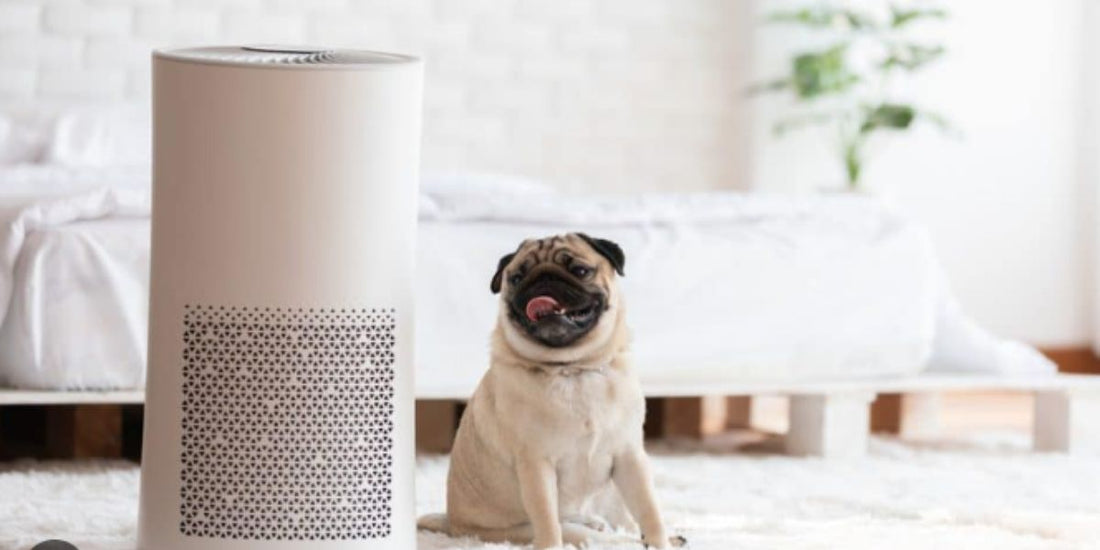Air Purification Technologies:
1.High-Efficiency Particulate Air (HEPA) Filters:
Definition and Effectiveness:
HEPA filters are highly efficient at capturing airborne particles as small as 0.3 microns with an efficiency of 99.97%. They trap various contaminants, including dust, pollen, pet dander, mold spores, and even some bacteria and viruses.Particle Size Filtration Capabilities:
HEPA filters can effectively remove both larger particles, such as pet hair and dust, as well as microscopic particles like allergens and pathogens, ensuring cleaner air for you and your family.2.Activated Carbon Filters:
Adsorption Mechanism:
Activated carbon filters work by adsorbing harmful gases and odors onto their porous surface. The activated carbon's high surface area traps volatile organic compounds (VOCs), chemicals, smoke, and unpleasant smells, leaving the air fresh and odor-free.Removal of Odors and Gases:
If you have concerns about persistent odors or volatile compounds in your home, an air purifier with activated carbon filters can effectively address these issues, creating a more pleasant living environment.Ultraviolet Germicidal Irradiation (UVGI):
Disinfection of Microorganisms:
UVGI technology uses ultraviolet light to destroy bacteria, viruses, and other microorganisms present in the air. It damages their DNA or RNA, preventing their reproduction and rendering them harmless.Limitations and Considerations:
While UVGI can be effective against airborne pathogens, it is crucial to ensure proper exposure time and intensity for optimal disinfection. Additionally, UVGI alone may not remove larger particles or allergens, so combining it with other filtration technologies is recommended.
4.Ionic and Electrostatic Filters:
Principle of Operation:
Ionic and electrostatic filters use charged particles to attract and capture airborne pollutants. These filters release negative ions that attach to positively charged particles, causing them to settle or stick to collection plates or other surfaces within the purifier.Effectiveness and Maintenance:
Ionic and electrostatic filters can effectively capture small particles, such as smoke and some allergens. However, regular maintenance, including cleaning or replacing collection plates, is necessary to maintain their efficiency.Coverage Area and Air Changes per Hour (ACH):
Determining the Appropriate Coverage Area:
Room Size and Layout:
Consider the size and layout of the room where the air purifier will be placed. A larger room may require a purifier with higher coverage capacity.Pollutant Sources:
Identify the primary sources of pollution in your space, such as pets, smoking, or nearby industries. This information will help determine the appropriate coverage area and filtration capacity needed to address specific pollutants effectively.
Air Changes per Hour (ACH):
Importance of ACH:
ACH refers to the number of times an air purifier can clean the entire volume of air in a room per hour. Higher ACH values indicate more frequent air purification, leading to improved indoor air quality.Recommended ACH for Different Settings:
Different environments may require varying ACH rates. For example, spaces with higher pollution levels, such as urban areas or homes with smokers, may benefit from air purifiers with higher ACH values.

